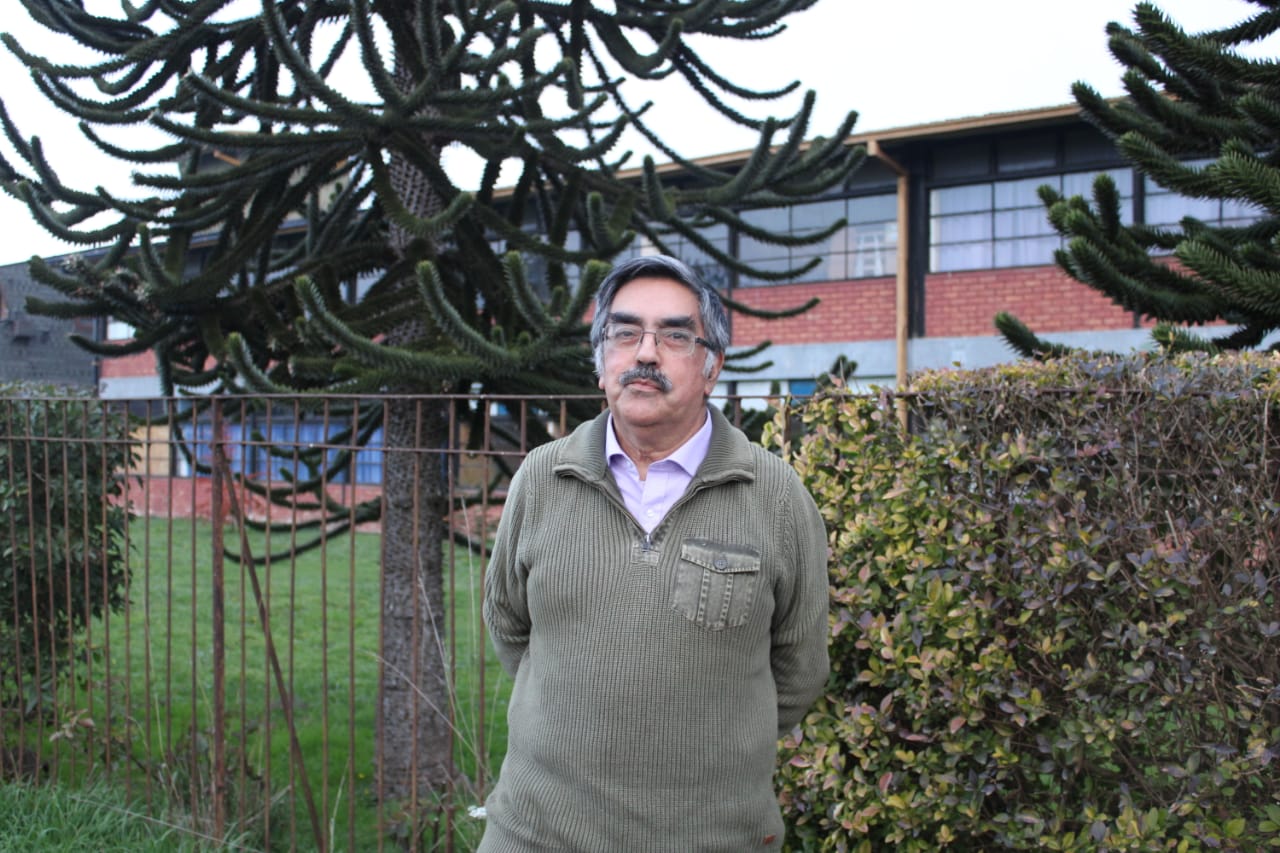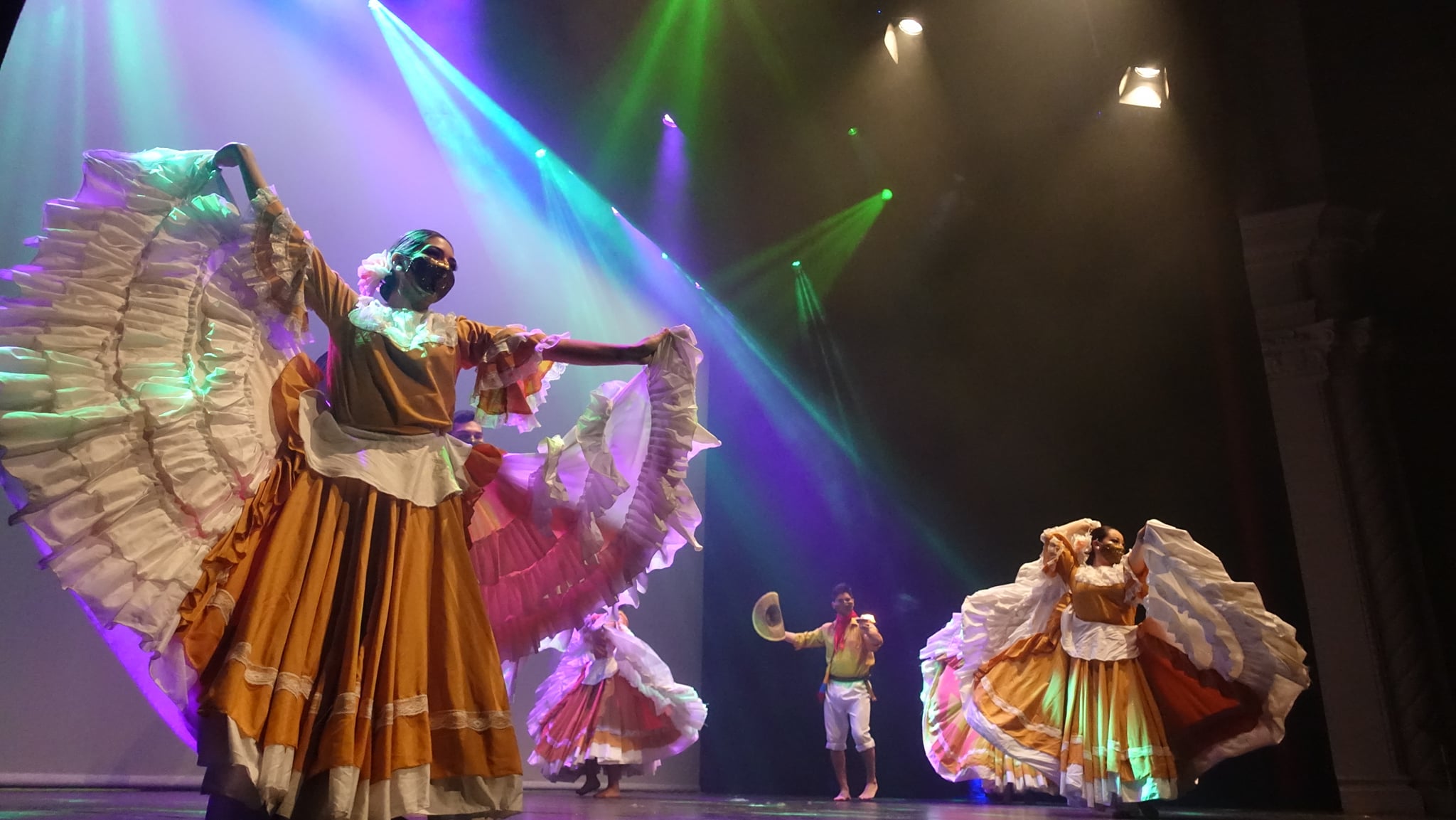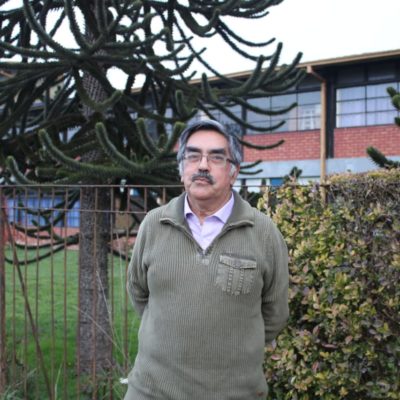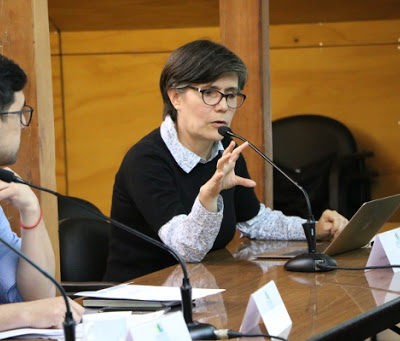Roberto Cano is a native of Río Bueno and a lawyer by profession, a career he studied at the University of Chile, Santiago. In fact, in 2011, who was also former Seremi of Government between 1990 and 1994 in Puerto Montt, published the book “Río Bueno, Crónica de sus Orígenes”, a document of great value that narrates the origins and most relevant historical events of the town. “I always felt attracted to these topics. In my house there were books and there was a lot of reading. I remember that my grandfather used to wait for the weekend to bring him the magazine “Vea”, which was one of the few publications that arrived here. So I always lived in that environment quiet full of knowledge”. He adds that in school he developed his humanistic side and through law he was able to have a broad and diverse education. Currently, Roberto Cano is back in his native Río Bueno, where he works as a local police judge and is also a member of the board of directors of the Asociación Patrimonial Cultural de la Región de Los Ríos.
– What are your impressions about the Asociación Patrimonial Cultural de la Región de Los Ríos?
This Association has the fundamental mission of developing the cultural heritage of the Los Ríos Region, which is broad and far-reaching, due to all that exists in this area. We must not forget that our history goes back to the original indigenous population that predates the arrival of the Spaniards. We have a physical space that has a diversity of population with all its own rich expressions that make the existing cultural heritage very broad. The Association is one more actor, compared to others that are part of the public institutions such as the Ministry of Culture, Arts and Heritage, the Regional Government, the Ministry of Public Works, Municipalities, Corporations and Municipalities. I believe that one of the bases to develop a very good work is to coordinate all these entities and efforts in search of the proposed goals.
-How can the existing cultural heritage in Los Ríos be made more visible?
There are several ways to make it more visible. One of them is the organization, such as this Association, which also has a special character because it is formed from the Regional Government, having as a partner the Municipalities and other very important entities. But there are also individual manifestations and I would like to comment on one that I recently experienced: a couple of weeks ago I took my camera and went around my old neighborhood in Río Bueno, to which I have returned, to take photographs of old houses. I was able to talk to two people; one I knew and the other who approached me and expressed his great concern about the loss of heritage that has occurred in this commune. He, together with another person, had rescued old train tickets. That is an example of someone who is concerned about the city’s heritage. It also happened to me recently that a cyclist approached me with the same concern. The surprising thing is that people who one might imagine would not have much interest in heritage issues, do. These situations fill me with optimism”.
-What has your historical work on Río Bueno meant for the local community as well as for you?
The book was very well received. At the launching, which took place at the Plaza de Armas, we sold almost 100 copies. I was prepared for no more than 30. It generated a lot of interest not only in the population of Rio Bueno, but even in people from this commune who live abroad. At present the book is out of print, which leads me to think about a reprint. On the personal side, it has given me only satisfaction.
-Los Ríos stands out for its scenic beauties, an aspect that is continually highlighted. Do you think that, along with these, we need to promote our heritage attractions?
We have two types of heritage: the natural, which is what is distinguished by nature with its own laws; and the cultural, which is thanks to the intervention of man, understood as mankind. Both are heritage and complement each other, they are something valuable. Sometimes one sees that there is a lot of talk about tourism development, taking advantage of the great scenic beauty we have. But it is also part of that, as a fundamental input, the history of the area and its cultural expressions, such as gastronomy and architecture, among others.
The development of cultural heritage is a permanent challenge and today we are in better conditions than in other times or previous years to promote it.



